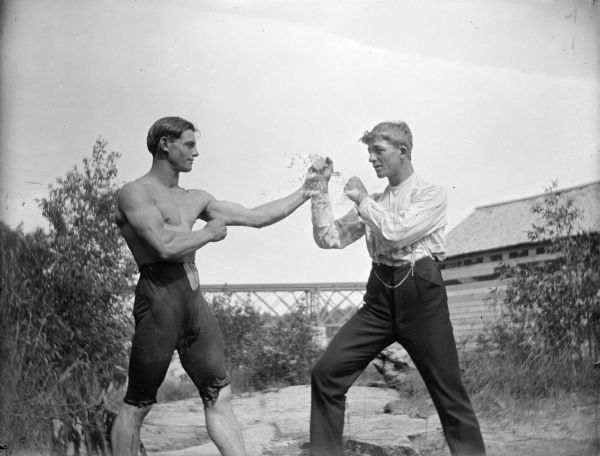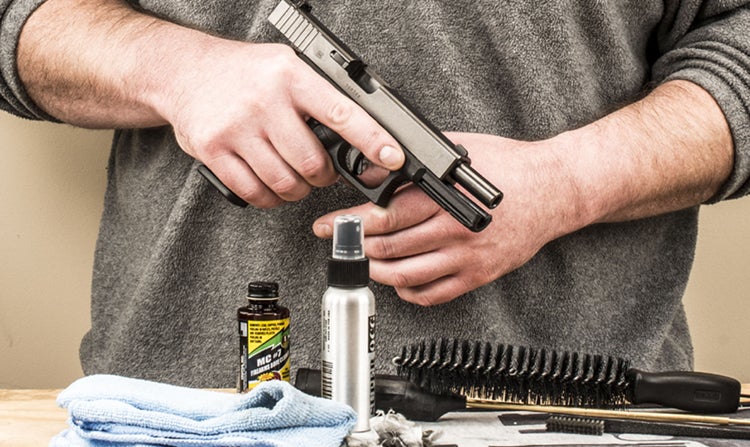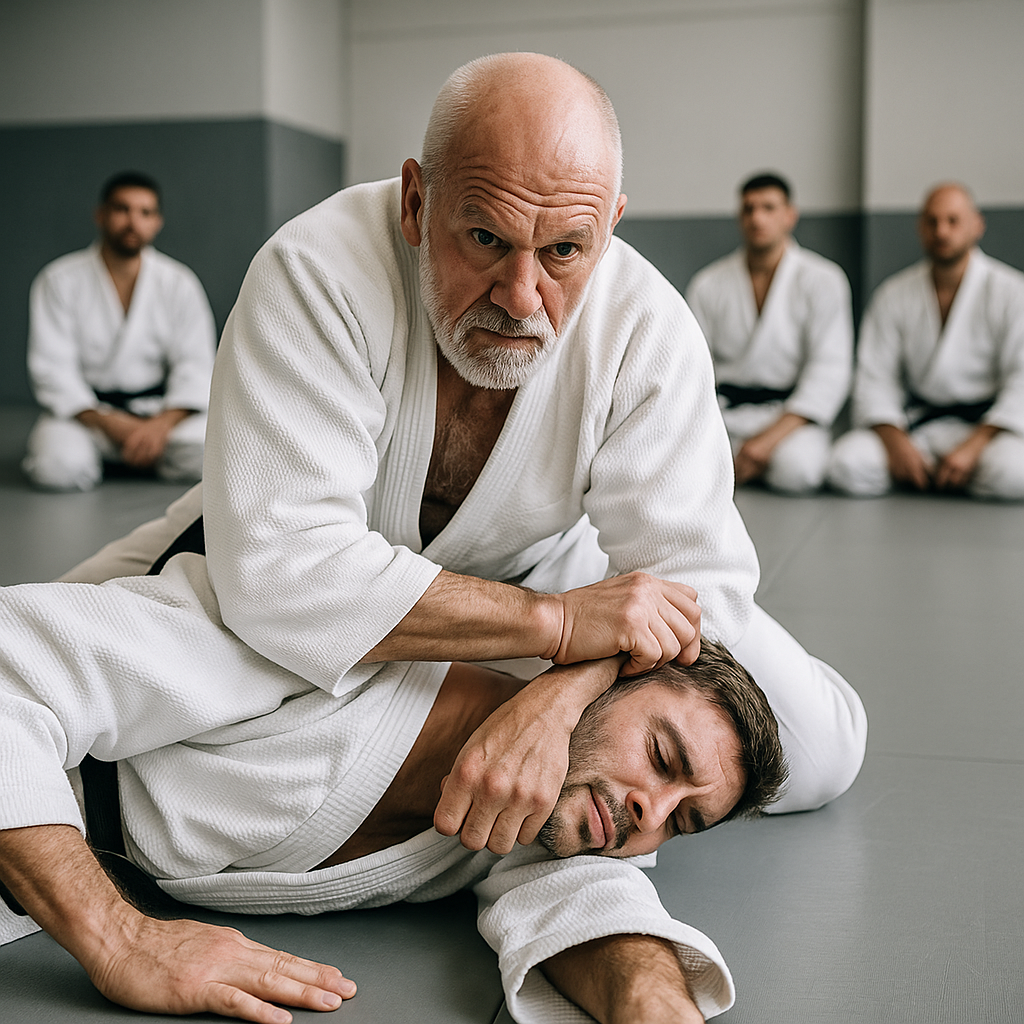Techniques, History, and Rules of Purest Form of the Sweet Science
Bare Knuckle Boxing, a form of combat sport with a storied history, is experiencing a remarkable revival in recent years. Let’s look into the techniques, history, and rules of this fierce and gritty discipline. From its origins in ancient times to its modern-day resurgence, we explore the evolution of this raw and unadulterated style of fighting. Discover the unique techniques and strategies employed by bare-knuckle boxers, the prominent figures who shaped its history, and the safety measures implemented to ensure the well-being of participants. Join us on this captivating journey as we delve into the world of Bare Knuckle Boxing, unearthing its rich heritage and exploring its contemporary significance in the combat sports landscape.
Intro to Bare Knuckle Boxing
What is Bare Knuckle Boxing?
Bare Knuckle boxing is like regular boxing, but without all the cushioning and protection of gloves. It’s good old-fashioned fisticuffs with nothing but your bare hands, Pugilism in it’s purest form. No padded gloves to soften the punches or give you tools for enhanced and extended defense. It’s just you, your opponent, and a whole lot of grittyness.
Popularity and Resurgence of Bare Knuckle Fighting
Believe it or not, bare-knuckle boxing has seen a resurgence in recent years. People just can’t seem to get enough of this primal and raw form of combat. Maybe it’s our way of rebelling against all the padded and protected sports we see these days. Or maybe it’s just that we secretly love watching two guys duke it out, mano a mano. Whatever the reason, bare-knuckle boxing and mixed martial arts (MMA) has captured the attention of fight fans around the world.
Historical Background of Bare Knuckle Fighting
Origins of Bare Knuckle Boxing
Bare Knuckle boxing has been around for centuries, dating back to ancient times. It’s like that old saying goes: “Where there are two people, there will be a fight.” Humans have always had this primal desire to prove their strength and dominance, and what better way to do that than with a good old-fashioned brawl?
Prominent Historical Figures in Bare Knuckle Boxing
Throughout history, there have been some legendary figures in the bare-knuckle boxing world. Names like James Figg, John L. Sullivan, and Tom Cribb have become synonymous with this brutal and unforgiving sport. These men were the pioneers of bare-knuckle boxing, paving the way for the fighters of today and leaving a lasting legacy.
Techniques and Strategies in BareKnuckle Boxing
Bare Knuckle Punching Techniques
In bare-knuckle boxing, it’s all about technique. Sure, you can throw wild haymakers and hope for the best, but that’s a surefire way to end up on the canvas. Fighters need to be smart and calculated in their approach, using proper punching techniques to maximize their power and accuracy. It’s like a violent ballet, minus the tutus.
Bare Knuckle Defensive Strategies
Defense is just as important as offense in bare-knuckle boxing. With no gloves to protect your precious knuckles, you need to be able to dodge, weave, and block like a ninja. It’s all about finding that perfect balance between aggression and defense, knowing when to attack and when to retreat.
Evolution of Rules and Regulations in Bare Knuckle Boxing
Early Rules and Practices
Back in the day, there were barely any rules in bare-knuckle boxing. It was a free-for-all, with fighters doing pretty much whatever they wanted. Headbutts, eye gouges, and groin shots were all fair game. It was like the Wild Wild West, but with fists instead of guns.
Irish Stand Downs
The Irish Stand Down is a traditional form of bare-knuckle fighting that eliminates the element of maneuvering around the ring, focusing solely on the raw power of punching and enduring punches. This combat style gained popularity within Irish-American ghettos during the late 19th century. However, it eventually gave way to bare-knuckle boxing and later, regulated boxing, within the community. The Irish Stand Down is also referred to as strap fighting or toe-to-toe combat.
Broughton’s Rules:
In 1743, the esteemed champion Jack Broughton introduced a groundbreaking set of rules that revolutionized the sport of boxing. Under Broughton’s rules, a round would persist until one of the fighters was knocked down. After a mere 30 seconds, the fallen boxer had to confront his opponent, standing no more than a yard away, or else face defeat. It was strictly prohibited to strike a downed opponent, emphasizing the importance of fair play and sportsmanship.
London Prize Ring Rules:
In 1838, the British Pugilists’ Protective Association took the initiative to establish a new set of regulations for boxing, which were further refined in 1853. These rules introduced a ring measuring 24 feet square, enclosed by two ropes. When a fighter was knocked down, the round would come to an end, and he would be assisted to his corner. The subsequent round would commence after a brief interval of 30 seconds, during which each boxer was required to independently reach a designated mark at the center of the ring. Failure to reach this mark within an additional 8 seconds would result in a declaration of defeat. The London Prize Ring Rules explicitly condemned various unsportsmanlike acts, including kicking, gouging, headbutting, biting, and low blows.
By implementing these regulations, Broughton and the British Pugilists’ Protective Association aimed to foster a more structured and honorable approach to boxing. These rules not only ensured the safety and well-being of the fighters but also emphasized the importance of skill, strategy, and fair competition.
Modern Rule Modifications
Thankfully, things have changed a bit over the years. Modern bare-knuckle boxing has introduced some rules and regulations to make the sport a bit more civilized. While it’s still a far cry from traditional boxing, fighters now have to follow certain guidelines to ensure safety and fairness. No more biting or low blows, folks. It’s all about keeping it clean and (relatively) classy.
Training and Conditioning for Bare Knuckle Boxing
Physical Conditioning
When it comes to bare knuckle boxing, you need to be in tip-top shape. Forget about those fancy gloves cushioning your blows; it’s just you and your bare fists. That means you’ll need to focus on building your physical conditioning if you want to have a fighting chance.
Boxing workouts are the bread and butter of your training routine. Jumping rope, shadow boxing, and hitting the heavy bag will help you develop the endurance, speed, and power required for bare knuckle action. Don’t forget to incorporate strength training exercises like push-ups, squats, and deadlifts to build a solid foundation.
Of course, let’s not overlook the importance of cardio. Running, cycling, or any other cardio exercise will help improve your stamina, allowing you to keep swinging those fists for round after round.
Skill Development
Bare knuckle boxing may sound like a free-for-all, but it’s anything but. Like all combat sports, it requires technique and skill. Sure, you could go in swinging wildly like a windmill, but unless you want to be on the receiving end of a knockout punch, it’s better to approach it with finesse.
Footwork is crucial in all forms of boxing. You need to be light on your feet, able to move in and out of range quickly. Practice your footwork drills and pivots to dodge your opponent’s strikes and set up your own counters.
Defense is equally as important as offense. Slip, duck, and weave your way out of danger to avoid taking unnecessary blows. Mastering defensive techniques will not only protect you but also allow you to counter-attack effectively.
Remember, it’s essential to refine your punches too. Working on your jab, hook, and uppercut will give you a diverse arsenal of punches to mix up your attacks. And don’t forget to practice combinations and timing, because landing a clean shot can make all the difference in the ring.
Famous Bare Knuckle Boxing Matches and Champions
Memorable Matches in BareKnuckle Boxing History
Throughout the annals of bare knuckle boxing history, there have been legendary matches that have left spectators in awe and fighters with bruised egos. One of the most notable bouts took place in 1889, known as the “Great Champlin vs. Sullivan Fight.” It was a grueling 75-round contest that ended in a draw, leaving spectators amazed by the fighters’ tenacity and endurance.
Another memorable match was the epic clash between Joe Gans and “Battling” Nelson in 1906. This bareknuckle brawl featured non-stop action, with Gans ultimately emerging as the victor after 42 brutal rounds.
Notable Bare Knuckle Boxing Champions
In the world of bare knuckle boxing, champions rise to the occasion, leaving a lasting legacy. One name that can’t be ignored is John L. Sullivan, the last bareknuckle heavyweight champion. Sullivan’s powerful punches and fierce demeanor helped solidify his place as a dominant force in the sport.
Another notable champion is Tom Cribb, a British boxer who reigned supreme in the early 19th century. Cribb’s technical expertise and ability to weather storms in the ring made him a formidable opponent for anyone daring to challenge him.
Safety Measures and Medical Considerations in Bare Knuckle Fighting
Implementing Safety Protocols
While bare knuckle boxing may evoke images of bare-knuckled brawls in back alleys, the contemporary revival of the sport has taken safety seriously. Promoters and organizations have implemented various safety protocols to protect fighters and ensure fair competition.
One crucial safety measure is the use of hand wraps. Although gloves aren’t worn, hand wraps provide some level of protection and support for the fighters’ hands, reducing the risk of fractures and injuries. Medical professionals are also present at fights to provide immediate assistance if needed.
Fighters undergo pre-fight medical examinations to ensure they are fit to compete. This includes checking for any underlying conditions or injuries that could put them at risk during the bout.
Addressing Health Risks
Bare knuckle boxing is undeniably a physically demanding sport, and fighters must be aware of the potential health risks involved. Concussions, cuts, and broken bones are not uncommon in this brutal form of combat.
That’s why it is crucial for fighters to take proper recovery time after matches and seek medical attention for any injuries sustained. It’s also essential for fighters to have regular check-ups to monitor their overall well-being, both physically and mentally.
The Contemporary Revival of Bare Knuckle Boxing
Current Organizations and Events
In recent years, there has been a resurgence of interest in bareknuckle boxing, leading to the establishment of modern organizations and events dedicated to this raw form of combat. Promotions like Bare Knuckle Fighting Championship (BKFC) and World Bare Knuckle Fighting Federation (WBKFF) have gained popularity, attracting both seasoned fighters and newcomers to the sport.
These organizations showcase exciting matchups, bringing together fighters from various combat sports backgrounds to test their skills in the bareknuckle arena.
Impact of the Revival on the Combat Sports Landscape
The revival of bare knuckle boxing has certainly made an impact on the combat sports landscape. It offers a unique alternative for fight fans looking for something different from traditional boxing or MMA.
The raw intensity and stripped-down nature of bare knuckle boxing have captivated audiences worldwide, leading to increased media coverage and a growing fan base. It has also opened doors for fighters who may not have found their place in more established combat sports, allowing them to showcase their skills and make a name for themselves in this exhilarating and unforgiving sport.
So, whether you’re a fan or a fighter, the revival of bareknuckle boxing has injected a dose of old-school grit into the world of combat sports, reminding us that sometimes, less is more.In conclusion, the revival of Bare Knuckle Boxing has breathed new life into this intense and challenging combat sport. With a deep appreciation for its historical roots and a focus on safety and regulation, bare-knuckle boxing continues to captivate both participants and spectators alike. As it gains momentum in modern times, this raw and unyielding discipline reminds us of the resilience and spirit of its practitioners. Whether you are an enthusiast, a curious observer, or a potential participant, the world of bare-knuckle boxing offers a unique and captivating experience that is sure to leave a lasting impression. Embrace the legacy, techniques, and rules of this fascinating sport, and become a part of its ongoing revival.




